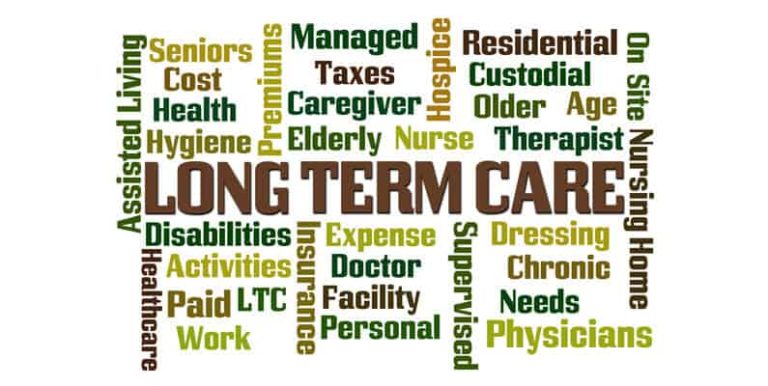Over the years, as we’ve helped assist seniors, their families, and close family friends get access to long-term care, one of the first questions they ask is, “But how will we pay for it?” While every family’s circumstances are different and nuanced, we’ve learned of a number of different avenues for paying for long-term care. These different options are based on our many years of experience serving families and seniors.
We’ve decided to uncover many of these ways to pay for community-based and skilled nursing home care in this blog series, “11 Ways to Pay for Long-Term Care,” where you’ll find practical tips for ordinary people who may be feeling a bit lost. Each blog post will outline ideas for helping to get loved ones into much-needed long-term care. In our previous post, we looked at long-term care insurance as an option for paying for long-term care. This week, we’re considering reverse mortgages as another option.
What is a Reverse Mortgage, Exactly?
For many seniors who are currently living in their own home or condo, a reverse mortgage can offer an unexpected way to pay for long-term care. A reverse mortgage is a loan against the home’s value and is repaid after the homeowner passes away. It is a way to tap into home equity without having to sell the home, offering homeowners quick access to cash without added bills.
What are Some Advantages to Utilizing a Reverse Mortgage for Long-Term Care?
One of the clearest advantages to using a reverse mortgage for long-term care is unencumbered access to cash. As of January 2019, the US Department of Housing and Urban Development ruled that an individual can borrow up to $726,525 through a reverse mortgage, subject to the home value and other conditions. A carefully chosen reverse mortgage can offer cash access for seniors when their access might otherwise be limited.
What are the Drawbacks of Utilizing a Reverse Mortgage?
One of the first drawbacks for utilizing a reverse mortgage for long-term care is the fact that it is subject to many different conditions, which depend on the home’s value and the situation of the owners of the home. Another drawback is that a reverse mortgage can be complicated, and comparison shopping is absolutely imperative for those investigating. Lastly, a reverse mortgage means less assets for you and your heirs, as the lender pays you for the mortgage in reverse.
In spite of these drawbacks, many people choose to utilize a reverse mortgage to provide access to long-term care. For more information on reverse mortgages, see the US Federal Trade Commission’s site for guidance.
In our next post, we’ll explore a third option for paying for long-term care and consider the pros and cons of that particular way to pay. Stay tuned!
Need help paying for skilled nursing or at-home care? Download our entire “11 Ways To Pay for Long-Term Care” booklet, and share it with your entire family.
View More from the 11 Ways to Pay for Long-Term Care Series:
11 Ways to Pay for Long-Term Care: #11 Medicaid Planning
11 Ways to Pay for Long-Term Care: #10 Charitable Remainder & Medicaid Disability Trust
11 Ways to Pay for Long-Term Care: #9 Viatical or Life Settlement
11 Ways to Pay for Long-Term Care: #8 Leveraging the Cash Value of Life Insurance
11 Ways to Pay for Long-Term Care: #7 Family Friends & Service Clubs
11 Ways to Pay for Long-Term Care: #6 Children of the Parents
11 Ways to Pay for Long-Term Care: #5 Tax Deductions
11 Ways to Pay for Long-Term Care: #4 Jumbo Reverse Mortgage
11 Ways to Pay for Long-Term Care: #3 HELOC
11 Ways to Pay for Long-Term Care: #2 Reverse Mortgage
11 Ways to Pay for Long-Term Care: #1 Long-Term Care Insurance




